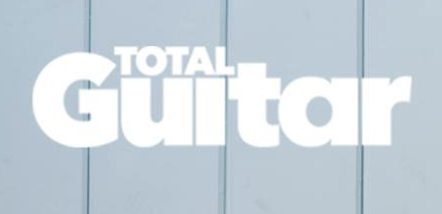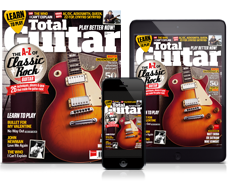The ultimate guide to guitar FX: volume
Everything you ever needed to know about effects pedals

Volume Based Effects
SPARE a thought for the unsung heroes of the pedalboard. If a Whammy pedal is the good-time
girl down your local, then volume, EQ and compression are the three hapless dullards sat in the corner playing Scrabble and nursing a pint-and-a-half of shandy: they’re dependable, keep themselves busy, and they’ll lend you enough for the last bus home.
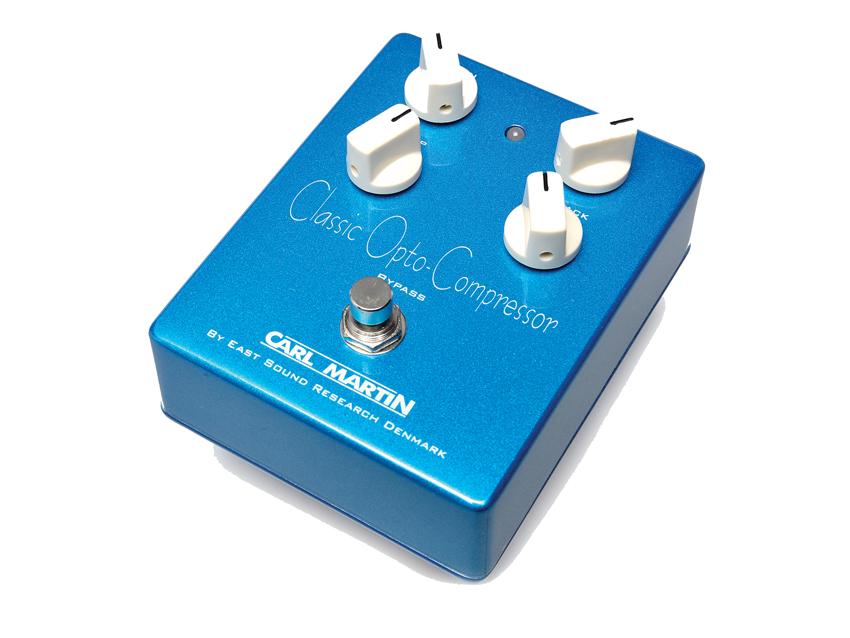
Compression
COMPRESSION is used on almost every piece of recorded music we listen to. The idea of compression in recorded music is to level out the dynamic range of a sound by removing loud jumps in level.
For guitar players, it can be used to boost your signal, increase sustain for soloing, create the snappy attack that you hear on country and funk guitar parts, or even bring out a fingerpicked part.
Imagine someone manually controlling your volume for you, so every time you hit a note above a set volume level (threshold), they turn it back down by a percentage. That’s essentially how a compressor works. Studio compressors usually feature more controls than their stompbox counterparts, which often only have a few knobs. Attack usually governs how quickly the signal is attenuated (the reduction of amplitude) after the volume reaches the threshold level, and sustain controls how much the signal is turned down by.
Once you’ve compressed your signal, you’ll need to turn the whole lot back up again, and that’s what your level/output control is for. The result is a much smoother signal with noticeably less dynamic range, and a greater consistency in volume.
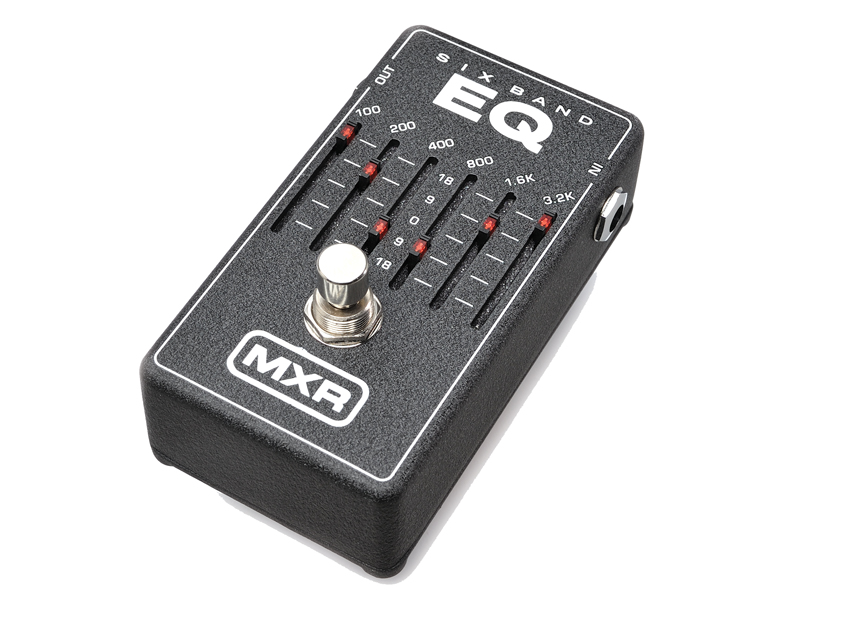
EQ
A GRAPHIC equaliser or EQ pedal is a pretty simple effect. Just like the bass, middle and treble controls on your amp, it offers you control over the overall shape of your sound.
Rather than giving you one control for each frequency range of your tone, though, a graphic EQ splits your sound into finer ‘bands’ for more specific fine tuning. Six- or 10-band EQs are most common in guitar pedals, enabling you to hone in on a particular area of your guitar’s frequency range.
It may look a bit daunting, but a graphic EQ works exactly the same as the one on your hi-fi. The bands to the left cover bass/low mid, and the bands to the right cover the treble frequencies. If we need to explain the middle ones, you should probably take up the drums...
Each of the sliders either boosts or cuts its respective frequency, and in most cases the middle of each slider’s range is your ‘flat’ or unaffected point.
A solid EQ pedal can be used for a number of tricks: you can scoop your mids for a thrash sound; create a ‘telephone’ effect by cutting the bass and treble and boosting the midrange; or even use it as a flat volume boost by pushing all of the frequency bands equally. It’s also handy for either killing or introducing feedback onstage, or levelling out any unwanted tonal variations when you’re switching guitars.
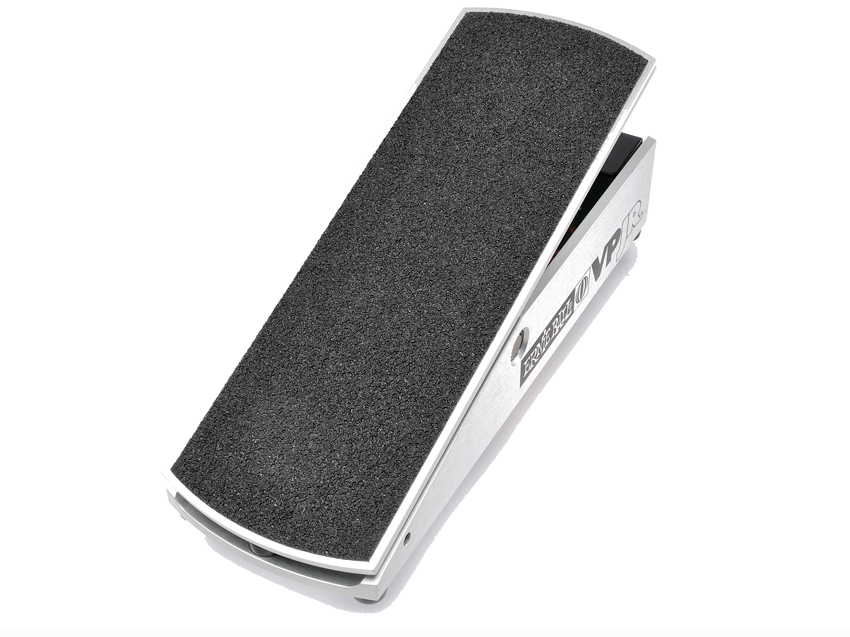
Volume
YOU’VE already got one volume control on your guitar and one on your amp, so why do you want another pedal the size of your wah to turn your guitar up and down?
First, your hands should be busy playing the guitar. This leaves your feet to control impromptu volume boosts/ cuts. You can also use your volume pedal to ‘swell’ your notes, for manual tremolo, or gradually fade in the effects in your effects loop.
Granted, it’s not essential, nor is it for everyone, but try it on your ’board and you’ll be surprised at how creative a tool a volume control can be.
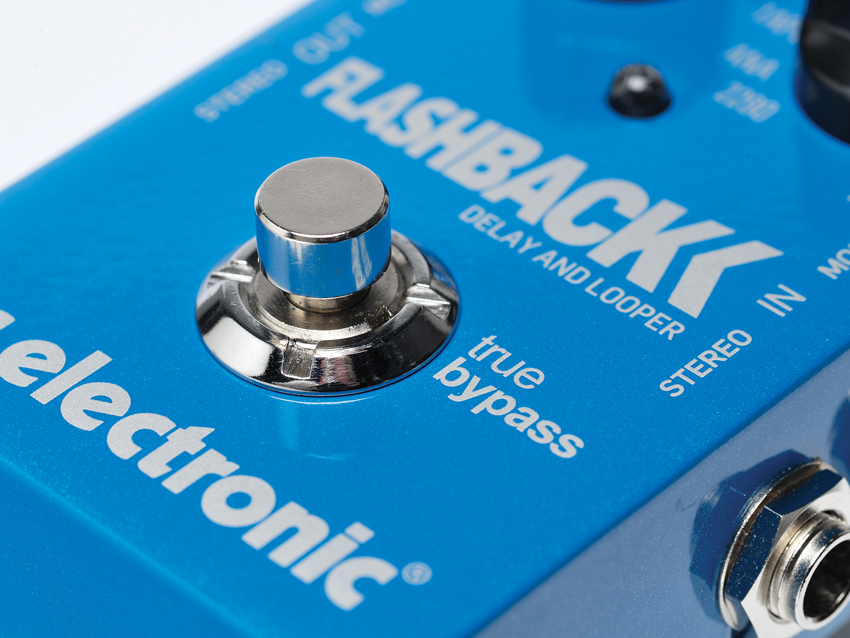
The Truth About Bypass
WHEN you’re buying effects, you’ll notice a lot of talk about bypass. The main two methods used by pedal builders for putting your pedals into bypass mode are buffered bypass and true bypass.
With buffered bypass, your guitar signal is routed through the pedal’s effect circuitry – even when it is in bypass mode. A ‘buffer’ is then used to push the signal on to the next pedal in the chain.
With true bypass, it routes your signal directly from the pedal’s input jack to its output jack when you switch the pedal off, giving you a technically ‘cleaner’ signal path.
With this in mind, surely true bypass is a better option? Not exactly. If you have a busy pedalboard with lots of patch leads adding up to a long cable run, your leads introduce capacitance, which results in a cut to your high-end.
A pedalboard that has one or more pedals with buffered bypass helps to solve this, because the extra ‘push’ from the buffers keeps your signal’s impedance sturdy. Yet if you’re using a small number of pedals with a limited cable run (less than about 20ft), true bypass pedals offer a ‘cleaner’ route to your amp while the pedals are switched off.
The answer, then, is subjective and depends on your setup, but a pedalboard comprising true bypass pedals with a buffered pedal at the start or end of your chain offers a good trade-off between integrity and a robust signal.
Total Guitar is Europe's best-selling guitar magazine.
Every month we feature interviews with the biggest names and hottest new acts in guitar land, plus Guest Lessons from the stars.
Finally, our Rocked & Rated section is the place to go for reviews, round-ups and help setting up your guitars and gear.
Subscribe: http://bit.ly/totalguitar
